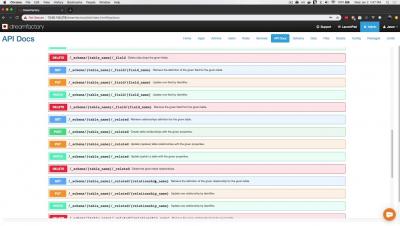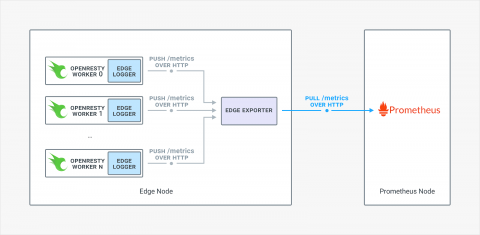Systems | Development | Analytics | API | Testing
%term
A Foolproof Way to Reach And Engage Your Target Audience Through Your Company's Blog
A 5-step, systematic approach to engaging and influencing your audience.
Microservices and Service Mesh
The service mesh deployment architecture is quickly gaining popularity in the industry. In the strategy, remote procedure calls (RPCs) from one service to another inside of your infrastructure pass through two proxies, one co-located with the originating service, and one at the destination. The local proxy is able to perform a load-balancing role and make decisions about which remote service instance to communicate with, while the remote proxy is able to vet incoming traffic.
All the feedback on Yellowfin 8
As we've taken Yellowfin 8 to market, we've been overwhelmed by the response we've had from media and analysts across the industry. We actually shocked the industry a bit because people didn’t expect an established dashboard vendor to be willing to disrupt themselves with two radical new products.
Wanna be data-driven? Start with managerial reports
Where do you start? Our experience based on working with hundreds of clients worldwide, both rapidly growing companies and enterprises, is that the one place to start with any digital transition and data innovation is (drumroll) - Managerial reports.
Glen Rabie: Feedback on Yellowfin 8
Sharpening the Axe: Our Journey into Disruption with Kong
Jason Walker shares how Cargill is using Kong to transform legacy architecture with a “Cloud first, but not always” approach. Hear why Cargill chose Kong for their API gateway as part of their internal API platform, Capricorn, allowing Jason’s small team to stay nimble while they administer decentralized deployments. In this talk from Kong Summit 2018, Jason shares how Kong routes traffic in Cargill’s Kubernetes cluster.
2018 - A Year of Innovations
From augmented intelligence to multi-cloud deployment, here's a look back at our path to innovation in 2018.
Kong Cloud Part 2: Collecting metrics at 1M+ RPS
In our last blog post in this series, we discussed our journey designing a metrics pipeline for Kong Cloud to ensure the reliability of our SaaS offering. We discussed how we re-architected our production data pipeline using OpenResty to send metrics to Prometheus and saw huge performance gains. We are now able to monitor high traffic volumes in our system using much less compute power, lowering our costs.











